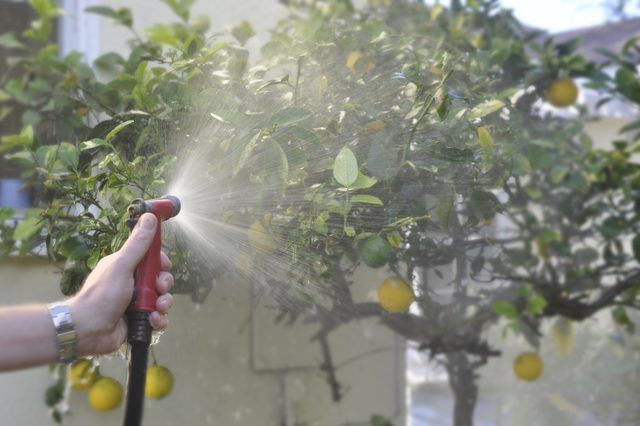Bulbs
Flower Basics
Flower Beds & Specialty Gardens
Flower Garden
Garden Furniture
Garden Gnomes
Garden Seeds
Garden Sheds
Garden Statues
Garden Tools & Supplies
Gardening Basics
Green & Organic
Groundcovers & Vines
Growing Annuals
Growing Basil
Growing Beans
Growing Berries
Growing Blueberries
Growing Cactus
Growing Corn
Growing Cotton
Growing Edibles
Growing Flowers
Growing Garlic
Growing Grapes
Growing Grass
Growing Herbs
Growing Jasmine
Growing Mint
Growing Mushrooms
Orchids
Growing Peanuts
Growing Perennials
Growing Plants
Growing Rosemary
Growing Roses
Growing Strawberries
Growing Sunflowers
Growing Thyme
Growing Tomatoes
Growing Tulips
Growing Vegetables
Herb Basics
Herb Garden
Indoor Growing
Landscaping Basics
Landscaping Patios
Landscaping Plants
Landscaping Shrubs
Landscaping Trees
Landscaping Walks & Pathways
Lawn Basics
Lawn Maintenance
Lawn Mowers
Lawn Ornaments
Lawn Planting
Lawn Tools
Outdoor Growing
Overall Landscape Planning
Pests, Weeds & Problems
Plant Basics
Rock Garden
Rose Garden
Shrubs
Soil
Specialty Gardens
Trees
Vegetable Garden
Yard Maintenance
How to Kill Black Mold on Citrus Trees
How to Kill Black Mold on Citrus Trees. Black, or sooty, mold on citrus trees is the result of insects attacking the branches and leaves. As the insects feed on the tree, leavings drop onto the leaves below them and begin secreting a waxy coating as they dry. Black mold also occurs in trees with excess foliage, especially trees in shade. While this...
Black, or sooty, mold on citrus trees is the result of insects attacking the branches and leaves. As the insects feed on the tree, leavings drop onto the leaves below them and begin secreting a waxy coating as they dry. Black mold also occurs in trees with excess foliage, especially trees in shade. While this mold is not inherently harmful to the tree, mold thickly coating the leaves prevents sun absorption and can cause the plant to sicken. If the tree does not die from lack of sun, it will produce inferior fruit, or no fruit at all. Additionally, mold on the fruit can trap moisture on the peel, causing fungi that will eat away at the fruit. A number of sprays will eliminate sooty mold on your tree. Organic solutions are the best for getting rid of mold. These have no noxious chemicals that may damage fruit or the tree itself.
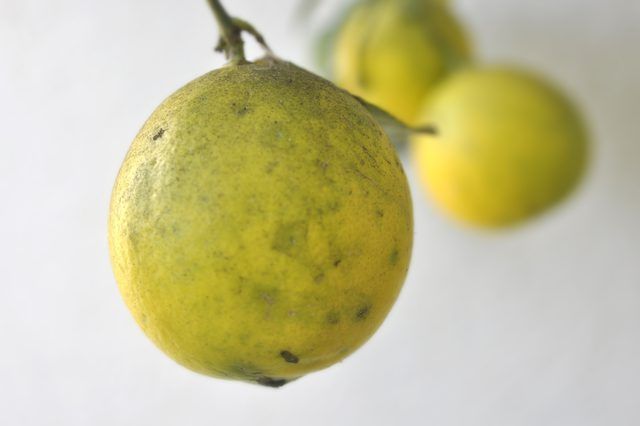
Things You'll Need
Garden hose
Garden sprayer nozzle
Water
Tea tree oil
Grapefruit seed oil
Apple cider vinegar
Hydrogen peroxide: 30 to 35 percent solution
Step 1
Mix only one of the following: 2 tbsp. of tea tree oil to 2 cups of water, 20 drops of grapefruit seed oil to 2 cups of water, 1 cup of apple cider vinegar to 2 cups of water, or 2 tsp. of hydrogen peroxide to 3 cups of water.
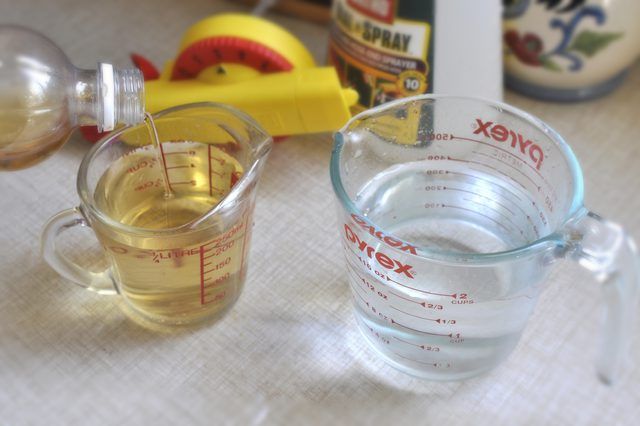
Step 2
Fill a garden sprayer with the chosen mixture. A garden sprayer is a nozzle for your garden hose with a plastic bottle attached to its underside. As you spray, the bottle’s contents mix with the water. Turn the nozzle to its widest spraying range to coat the foliage evenly.
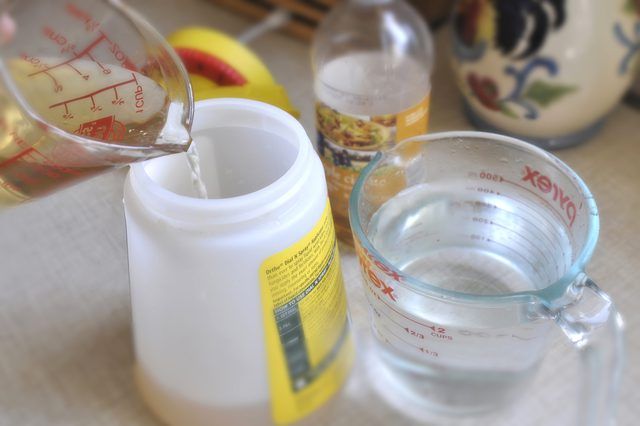
Step 3
Spray mixture up into the branches, dampening all the foliage you can reach. Redirect the spray over the top of the tree so the mixture dampens the upper foliage as well.
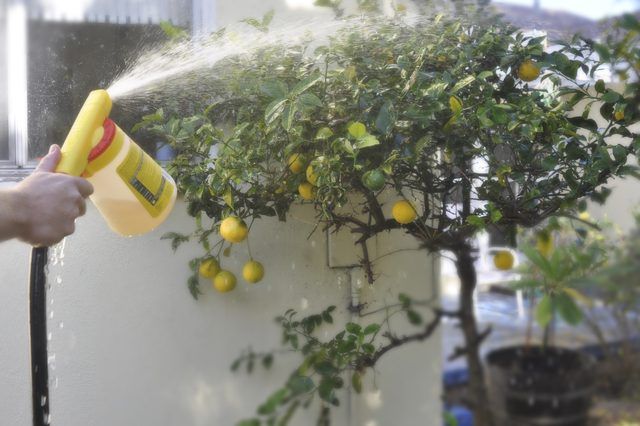
Step 4
Allow the foliage to soak under the mixture for about two hours. Spray the tree thoroughly twice more. Allow the tree to soak overnight.
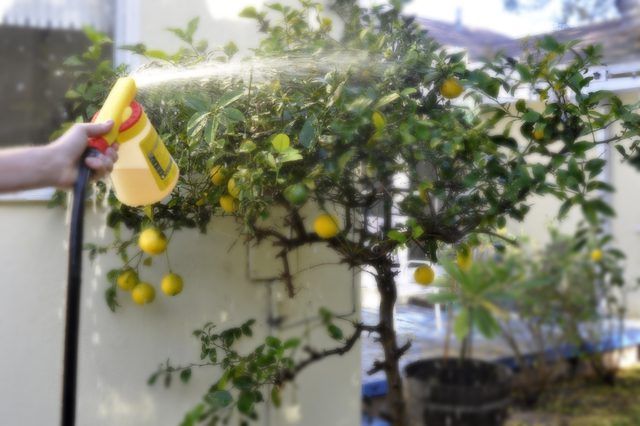
Step 5
Rinse the tree thoroughly with water. Most of the mold should come off as the tree is being rinsed. Any of these mixtures will also repel or kill the pests causing the mold.
